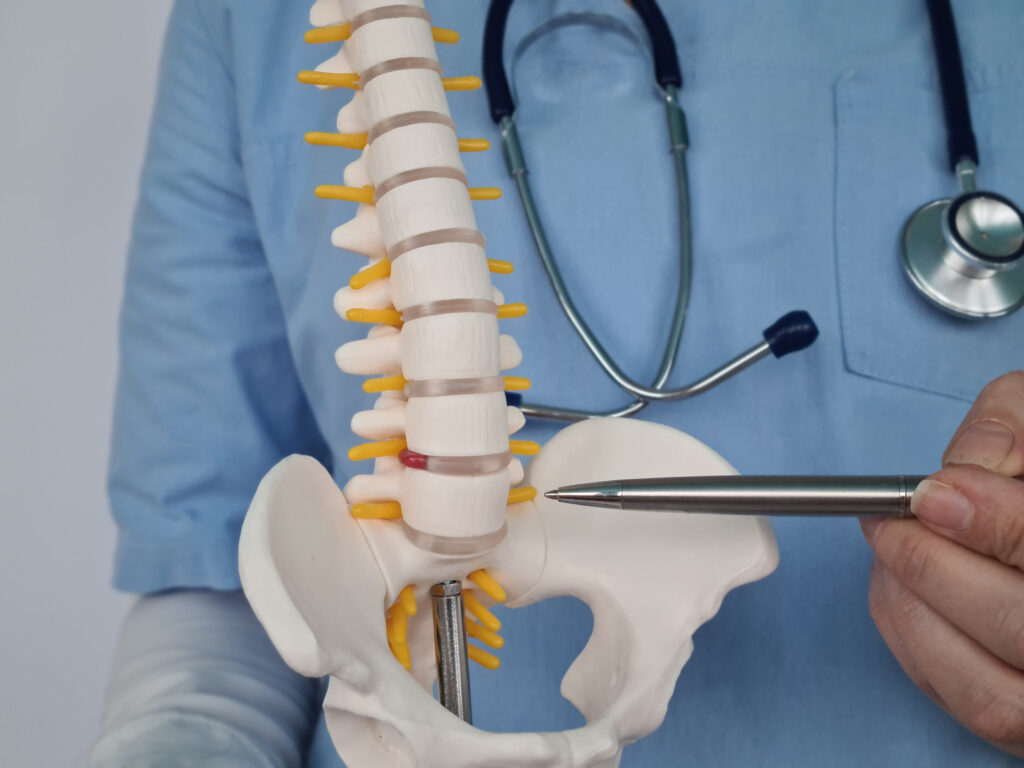Intervertebral disc degeneration (IVDD) is a widespread chronic condition that affects millions of individuals worldwide, leading to significant spinal pain and functional impairment. As researchers continue to explore innovative treatment options, a recent study sheds light on the potential therapeutic role of extracellular vesicles (EVs) derived from human umbilical cord mesenchymal stem cells (hUCMSCs) in regulating IVDD.
In this groundbreaking study, the authors conducted an in-depth investigation using RNA sequencing to analyze the differential expressions of long non-coding RNAs (lncRNAs) and microRNAs (miRNAs) in nucleus pulposus tissues from various mouse models. The findings revealed critical regulatory molecules, specifically MALAT1 and miRNA-138-5p, that play significant roles in the progression of IVDD.
The study highlights the intricate molecular mechanisms at play, demonstrating that MALAT1 can upregulate the expression of SLC7A11 by competitively binding to miR-138-5p. This interaction forms a regulatory network consisting of MALAT1, miR-138-5p, and SLC7A11, which is pivotal in understanding how hUCMSC-derived EVs influence the dynamics of IVDD.
Furthermore, experimental evidence presented in the study indicates that hUCMSC-derived EVs can inhibit ferroptosis in nucleus pulposus cells. Ferroptosis is a form of regulated cell death associated with oxidative stress and is known to exacerbate degenerative conditions. By mitigating this process, hUCMSC-EVs show promise in improving the health of nucleus pulposus cells, thereby potentially ameliorating the progression of IVDD.
The implications of these findings are profound. The study not only elucidates a novel molecular mechanism by which hUCMSC-derived EVs regulate IVDD but also opens up avenues for developing innovative therapeutic strategies aimed at treating this debilitating condition. The therapeutic potential of hUCMSC-EVs could revolutionize the approach to IVDD management, offering new hope to those suffering from spinal pain and dysfunction.
This important research was conducted by a team of dedicated scientists, including Xiao-Jun Yu, Xiao-Fan Bai, Yun-Kun Qu, Shan-Xi Wang, Jianwei Zhang, Wenlong Yang, Sibo Wang, Yuli Yang, Ying-Guang Wang, Ding-Jun Hao, and Yuan-Ting Zhao. Their collaborative efforts contribute significantly to the growing body of knowledge regarding IVDD and the promising role of stem cell-derived therapies in regenerative medicine.
As the understanding of IVDD and its underlying mechanisms continues to evolve, studies like this will undoubtedly play a crucial role in paving the way for effective and targeted treatments, enhancing the quality of life for countless individuals affected by this condition.


